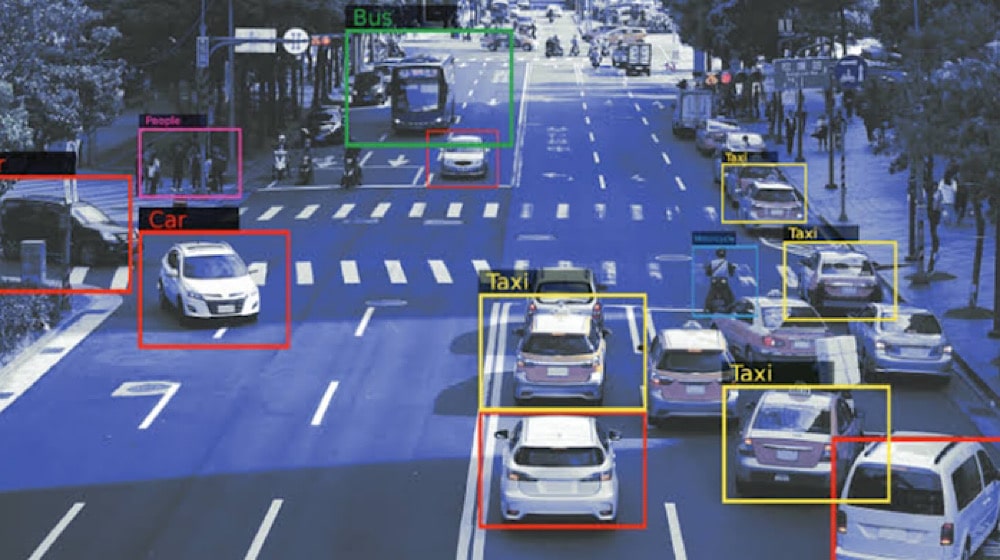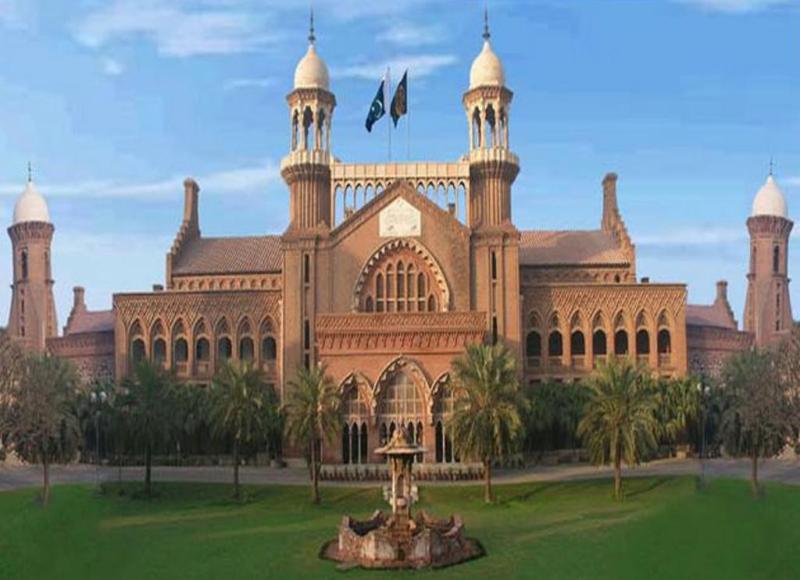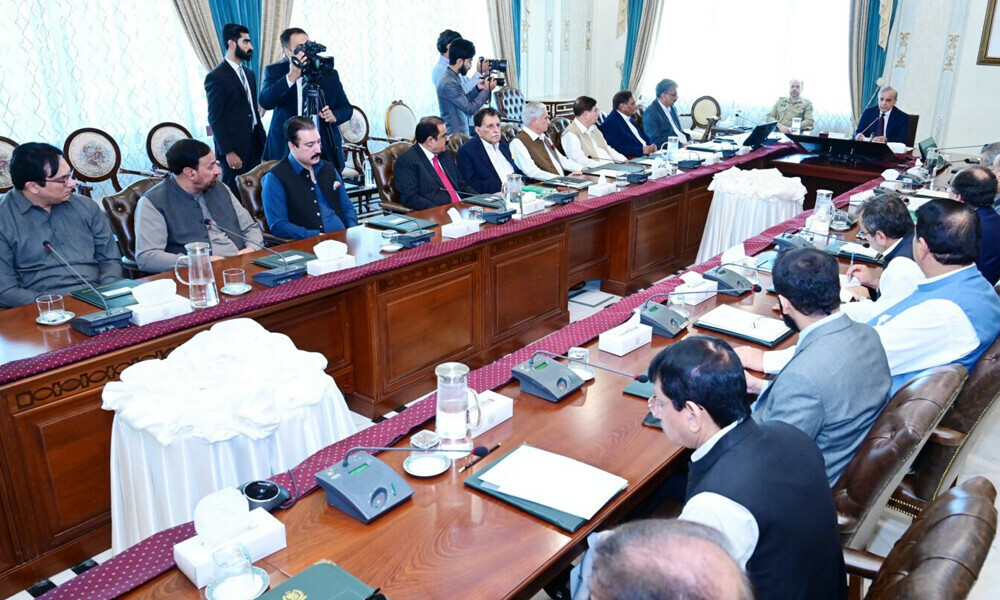The Punjab government is embarking on an innovative journey by utilizing artificial intelligence (AI) to combat traffic violations and vehicular pollution. This pioneering approach aims to enforce traffic laws more stringently and enhance environmental protection by targeting vehicles emitting excessive smoke.
Punjab Chief Minister Maryam Nawaz has spearheaded the initiative to incorporate AI and modern electronic traffic policing across the province. This move marks a significant shift towards smarter and more efficient traffic management, leveraging cutting-edge technology to address longstanding issues related to traffic violations and air pollution.
The integration of AI technology into traffic policing involves the use of modern cameras capable of detecting the amount of smoke emitted by various vehicles, including motorcycles, auto-rickshaws, trucks, buses, cars, and wagons. The process of monitoring and penalizing vehicles for excessive smoke emissions has already begun in Lahore, with the Lahore Traffic Police issuing hundreds of challans (tickets) based on the evidence captured by these advanced cameras.
The Punjab Safe City Cameras, equipped with state-of-the-art technology, play a crucial role in this initiative. These cameras not only capture images and videos of vehicles emitting smoke but also provide concrete proof that can be included in electronic tickets. This system ensures that violators are issued challans with undeniable evidence, thus promoting transparency and accountability.
Chief Minister Maryam Nawaz has directed transport authorities to intensify efforts in nabbing vehicles that emit excessive smoke. She emphasized the importance of using modern technology to ensure environmental protection and adherence to traffic rules. This directive underscores the government’s commitment to creating a cleaner and safer environment for its citizens.
Senior Minister Punjab, Maryam Aurangzeb, highlighted the dual benefits of this initiative, stating, “Both environmental protection and the implementation of traffic rules are being ensured with modern technology and cameras.” Her statement reflects the holistic approach of the government in addressing both pollution and traffic violations through the use of advanced technology.
The use of AI and modern cameras to monitor and penalize smoke-emitting vehicles is expected to have a significant positive impact on air quality and traffic management in Punjab. By reducing the number of vehicles that contribute to air pollution, the government aims to improve public health and create a more sustainable urban environment. Additionally, the stringent enforcement of traffic laws is likely to enhance road safety and reduce traffic congestion.
While the implementation of AI-driven traffic policing is a commendable step forward, it also presents certain challenges. Ensuring the accuracy and reliability of the technology, addressing potential privacy concerns, and maintaining the infrastructure for continuous monitoring are some of the issues that need to be addressed. However, the successful deployment of this initiative could pave the way for similar advancements in other regions and countries.
The success of this initiative relies on the collaborative efforts of various stakeholders, including the Punjab Traffic Police, transport authorities, and technology providers. The seamless integration of AI technology into existing traffic management systems requires effective coordination and continuous monitoring to achieve the desired outcomes.




